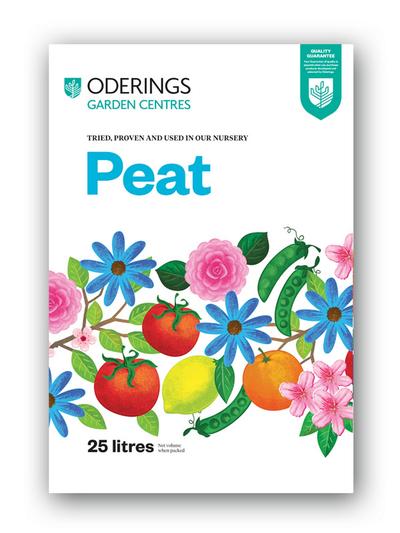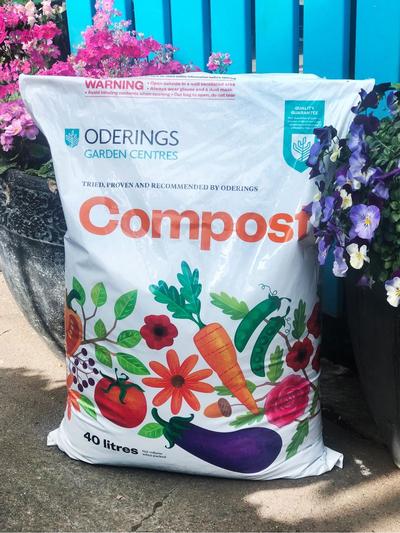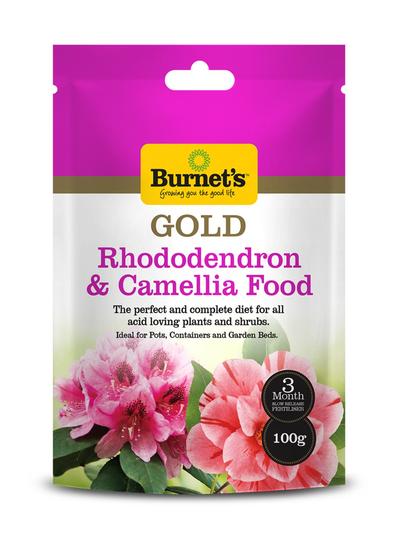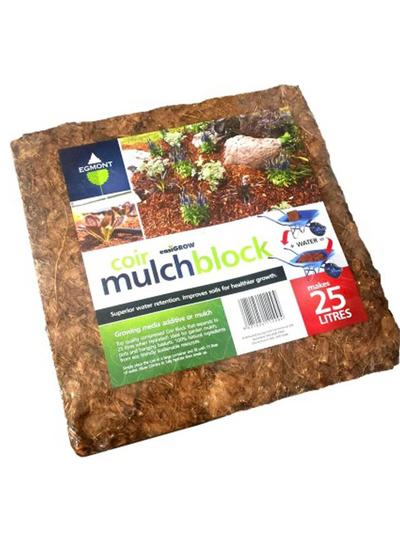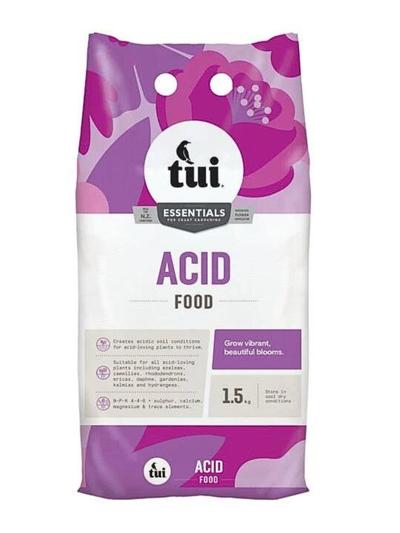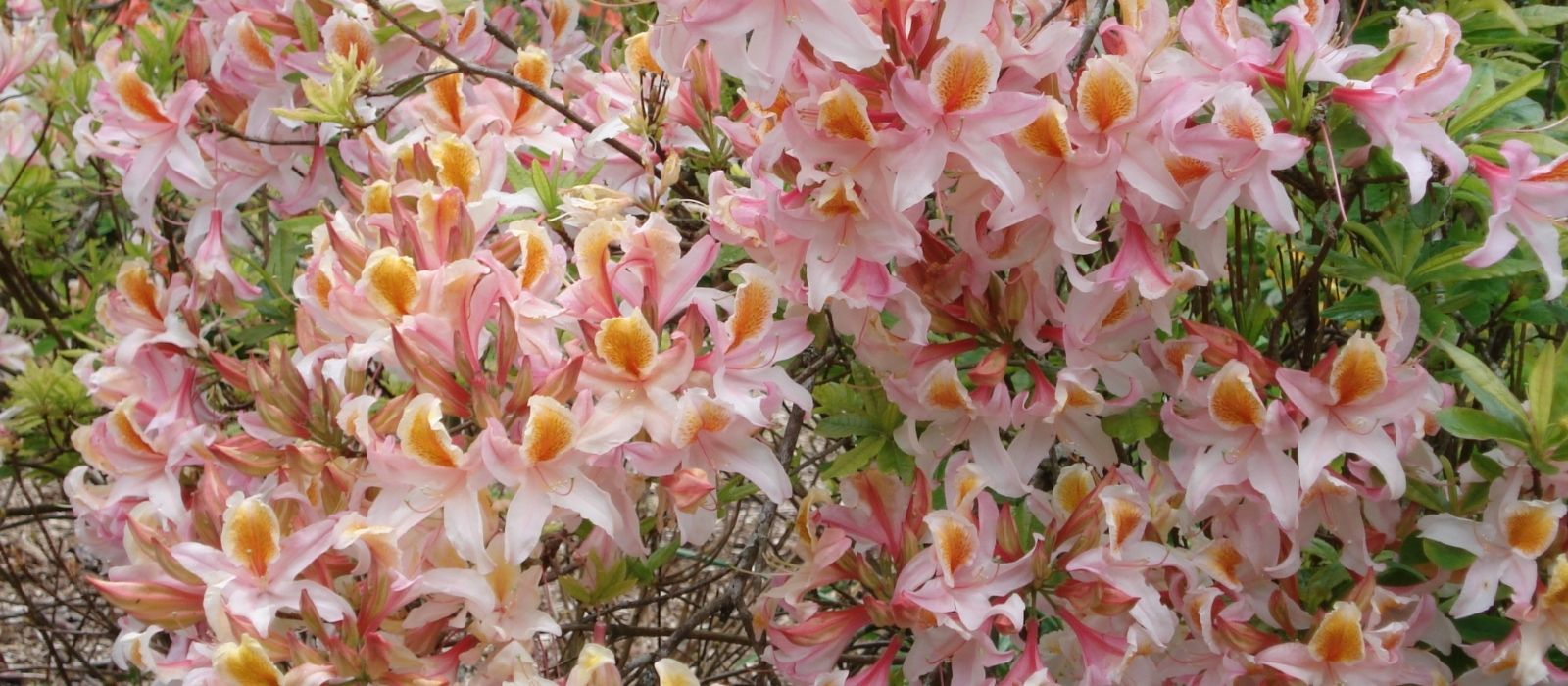
Deciduous Azaleas are flamboyant spring bloomers that bring a spectacular burst of colour to any garden. Known for their vibrant flowers, intoxicating fragrance, and brilliant autumn foliage in shades of orange to reddish-purple, these azaleas are a gardener's dream. Their exceptional cold hardiness, disease resistance, and tolerance for sunny locations make them a standout choice for seasoned and novice gardeners.
A Legacy of Beauty and Breeding
Deciduous Azaleas have captivated gardeners and breeders for nearly 200 years. Hybridisation began in Belgium around 1820, and famous breeders like Rothschild and Stead contributed to their development. While often referred to as Mollis Azaleas, this term represents one of several hybrid groups, including Ghent, Knap Hill, Occidentale, Exbury, and Ilam hybrids.
New Zealand has a rich history with these plants. Edgar Stead's Ilam hybrids, developed at Ilam Gardens near Canterbury University, are a testament to local breeding excellence. Ilam Gardens remains a must-visit destination for Azalea enthusiasts.
How to Grow Deciduous Azaleas
Position
They thrive in a woodland setting with dappled shade but can tolerate full sun if well-watered and mulched.
Soil Preparation
- Incorporate compost and peat into the soil for acidity and organic enrichment.
- For significant pH adjustments, use sulphur.
- Ensure excellent drainage.
Planting Tips
- Use a slow-release fertiliser like Burnet’s Gold Rhododendron & Camellia Food.
- Mulch with pea straw or bark for weed suppression and moisture retention. Consider adding a weed mat for longer-lasting results.
Feeding Schedule
- After flowering: Apply an acid fertiliser (such as rhododendron, azalea, and camellia food).
- Repeat feeding two to three months later.
Watering
Keep soil consistently moist, particularly in their first year as they establish.
Managing Pests and Diseases
Powdery Mildew:
- Higher light levels reduce risk.
- Remove and dispose of infected leaves in autumn.
- Apply fungicides in spring if necessary.
Winter Protection
- Spray with lime sulphur or copper plus oil before the bud bursts to prevent carryover of diseases.
A Garden Worth the Wait
Deciduous Azaleas may take time to establish, but their beauty is well worth the wait. Many Oderings plants are large enough to flower in their first season, ensuring your patience is rewarded quickly.
Once you see these stunning blooms in action, it will be hard to stop at just one! Visit your nearest Oderings Garden Centre to start your collection today.


